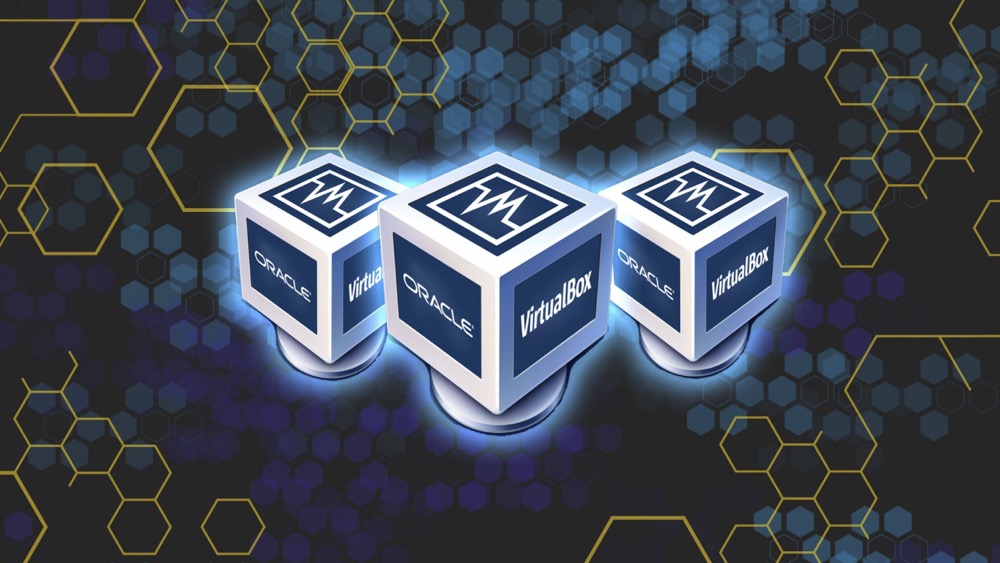Debian is a popular Linux distribution. VirtualBox is a virtual machine, a piece of software designed to run operating systems on top of another. This article explains how to configure VirtualBox for Debian. For a more general guide, see How to Install Debian, as most of the steps pertaining to Debian itself will be the same.
Steps
Download and install VirtualBox
Download either the 32-bit (i386) or 64-bit (AMD64) ISO image from Debian’s website
Generally speaking, either one will work, but if you are running a 32-bit operating system, you will probably need to use the 32-bit one.
WH.performance.clearMarks(‘image1_rendered’); WH.performance.mark(‘image1_rendered’);
WH.performance.clearMarks(‘image1_rendered’); WH.performance.mark(‘image1_rendered’);
Enter a name for the virtual machine.
“Debian” will work fine, and VirtualBox will auto-select the correct icon for it. Click “Next.”
Set the memory size for virtual machine.
The default in VirtualBox for 64-bit Debian is currently 1024 MB, but the installer for newer versions will complain about low memory if it’s set below 2048 MB. Click “Next.”
Begin the process of creating a hard disk image for the virtual machine by clicking the “Create” button.
Click “Next” on the “Hard disk file type” screen.
There’s no need to change this setting.
Select whether or not you want the disk size to be fixed or dynamic.
Dynamic will allow you to set it to a very large size, and move it later on if it gets too big. Fixed will perform better, but will use up space on your hard drive even if it doesn’t need it. Click “Next.”
Set the file location and size for the hard disk image.
The default size is probably good enough, unless you plan on installing a lot of software. Click “Create.” The wizard will close, and you will be back at the main VirtualBox window.
Double-click on the virtual machine, or press the Start Button.
You will be prompted to select a startup disk. Click the folder icon next to the drop-down box. In the Optical Disk Selector window, click Add, and choose the ISO image you downloaded. Press the Choose button, and then Start.
Proceed with the Debian installation as normal.
Refer to How to Install Debian for detailed steps.
Tips
- You can boot Debian with EFI enabled in the virtual machine, though there is no real advantage in doing so.
- Most of the different device options in VirtualBox (network cards, SCSI controllers, etc…) will work normally with Debian. The only thing that won’t is the SoundBlaster 16 card, as Debian no longer includes a driver for it.
